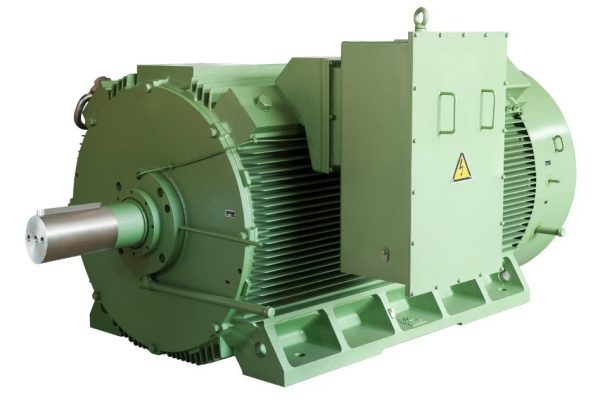Fixed speed explosion-proof motors with supplies containing harmonics
It is appreciated that harmonic voltages and currents affect generators, transformers and induction motors which require thermal derating in their presence.
There is however a further ‘complication’ regarding fixed speed explosion-proof motors based on IEC and UL/NEMA standards.
These explosion-proof motors are only certified for use on sinusoidal supplies (0% Uthd). For example, the IEC standard relating to electrical machines, IEC60034-1, specifies the requirements regarding 2-3% ‘harmonic voltage factor’ (HVF) due to the effects of harmonics on winding temperature. IEC 60079-1 (hazardous area equipment) however does not currently have any requirement for HVF regarding compliance testing or certification for any explosion-proof motor protection concepts (i.e. different type of explosion-proof motors). It is a similar situation for NEMA/UL motors under standard MG-1.
Therefore, if these motors were subject to voltage supplies with >0% Uthd then are uncertified as they are “operating outwith the conditions envisaged when they were certified”. This does not mean the motors are unsafe (although under certain conditions they could be) but that the operator has lost any third party (e.g. NEMA/UL/ PTB, CSA, BASEEFA et al) verification as to their safety under all operating conditions.
There is a second serious and practical consideration regarding flameproof induction motors and harmonic voltage distortion. The flameproof motor (i.e. EExd in IEC codification) relies on the principle that no matter what happens inside the flameproof enclosure (e.g. an internal explosion) it cannot transmit to the surrounding hazardous area. While that statement may be perfectly valid for sinusoidal voltage supplies it is not valid for voltages supplies polluted with harmonics.
A flameproof motor relies solely on the flameproof enclosure and flame paths in the end housings to contain any internal explosion in the event of gas or vapour entering the machine. However, in the presence of harmonics, most notably on motors with deep bar or double cage rotors, the rotor temperature rise can be excessive and possibly exceed the motor temperature class (e.g. 200 deg C for an EExd IIB T3 motor). High rotor temperatures can affect the bearings as the lubrication degrades, exposing them to excessive wear. Hot rotors can also degrade the flame paths and if there is an internal explosion, perhaps more likely due to high rotor temperatures, then it may not be contained and transmission to external hazardous areas may result with potentially disastrous consequences.
In order to overcome this ‘deficiency’ the standards, authorities place the sole responsibility on operators to maintain their harmonic voltage distortion at a safe and acceptable level (i.e. 5-8% Uthd) such that explosion-proof motor safety is not compromised. Harmonic Solutions (Marine) is unsure how the same authorities would react to the reality of explosion-proof motors being regularly subjected to 25%-35% harmonic voltage distortion levels as witnessed during numerous offshore (and onshore) oilfield harmonic measurements.

